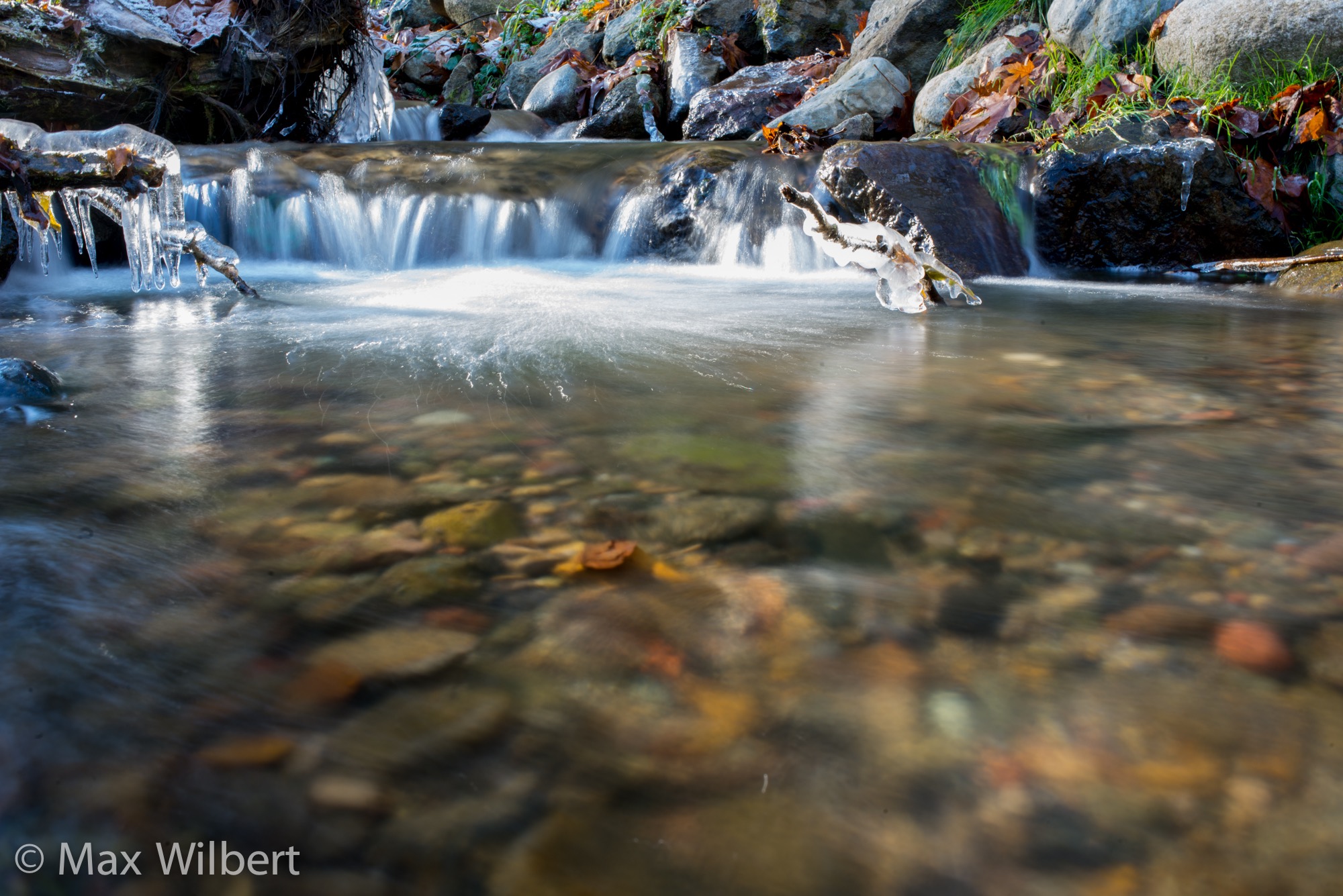
salmon issaquah creek
Public comment to Local Press, Issaquah City Government Office of Sustainability, WDFW, and Friends of Issaquah Salmon Hatchery (FISH): February 5th, 2015
The Issaquah Fish Hatchery has two water intakes that extract water from Issaquah Creek. The first is located at the hatchery itself, and the second is about a mile upstream along the Squak Mountain access trail. Since at least August (when I moved to the area) the upper intake facility has operated via a diesel-powered generator that supplies electricity to the pump house.
Around the beginning of February, work began on a project to bring an electrical line to this pump house to replace this generator. An electrical contractor named American Electrical Services Inc. (AES) has brought in several pieces of heavy equipment along the access road the parallels the creek, and has put up fencing along the route.
I walk this access road alongside the creek every morning on my way to work, and on the mornings of Wednesday, February 4th and Thursday, February 5th, I was disturbed to see large oil slicks on the muddy gravel road. It would appear that some sort of petroleum product has been spilled by the contractor no more than 10 yards from the creek.

Chinook Salmon in Issaquah Creek
This oil, and anything else that is spilled on that road, will drain directly into the creek. Lying at the base of Squak Mountain as it does, the road is often wet. Several small seeps and watercourses cross underneath the road and into the drainage basin. Any oil spilled in this area will likely contribute to salmon mortality issues that have been a well-documented problem across the region (see http://www.freep.com/story/news/nation/2014/11/17/death-dirty-water-storm-runoff-killing-fish/19168677/).
This same pump house and intake facility has been concerning me for another reason: the intake is located directly adjacent to some of the best gravel-beds I have seen in the watershed. When operational, the intake turns on roughly every 10-15 minutes, causing a large amount of disturbance to the surrounding area of the creek. I observed this happening during numerous occasions this fall while wild salmon were swimming past to spawn. You can view a video I took of that facility here:
It appears that decisions are being made — yet again — to prioritize the health and welfare of hatchery-raised fish over wild salmon, and while I appreciate the contribution that fish hatcheries can make to the recovery of a species, must it happen at the expense of the wild fish?
Wild salmon face many dangers from logging and other habitat destruction, industrial overfishing, global warming, pesticide and fertilizer runoff, and pollution from vehicles and industry. Instead of counting on hatcheries to save these incredible species (with accompanying issues like those I have raise above), we should as a society be addressing the roots of the problem.
When European settlers first arrived in this region in the 1800’s, local rivers and streams contained millions of salmon, now recognized as one of the healthiest food sources on Earth. This year, only 563 wild Chinook, 5,447 wild Coho, and 2 – just two – Sockeye salmon returned to Issaquah Creek. In a community that values salmon like we do, shouldn’t we be doing everything we can to protect the wild fish over the hatchery-raised fish — not the other way around?
I’d appreciate any followup on this matter.

Winter ice on Issaquah Creek, a salmon stream